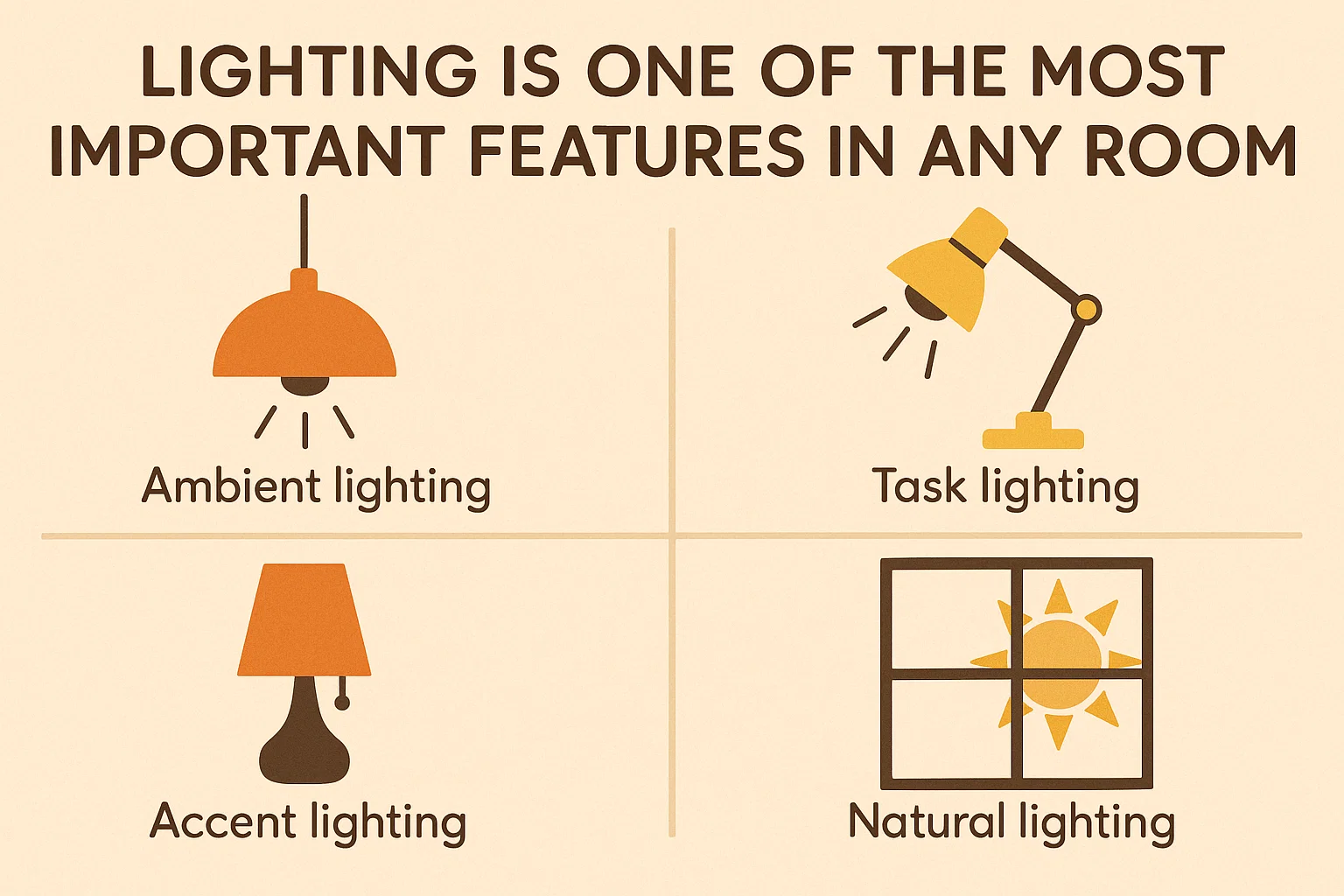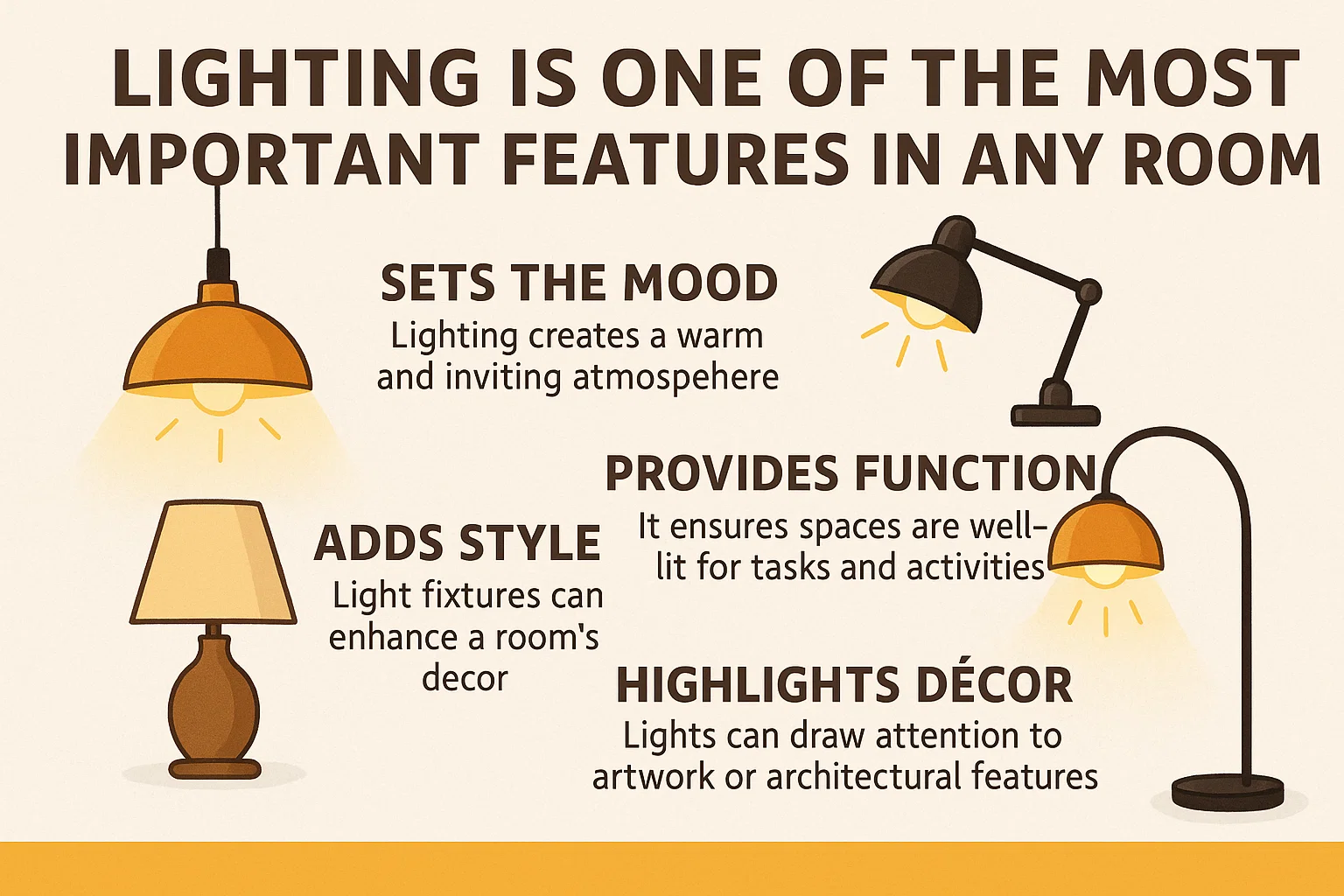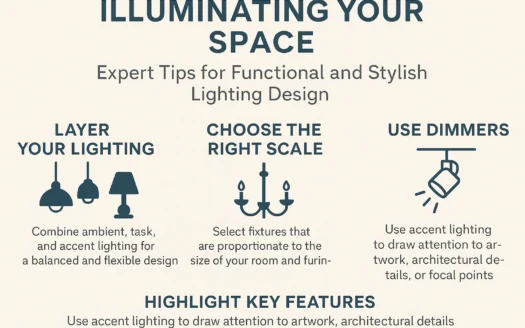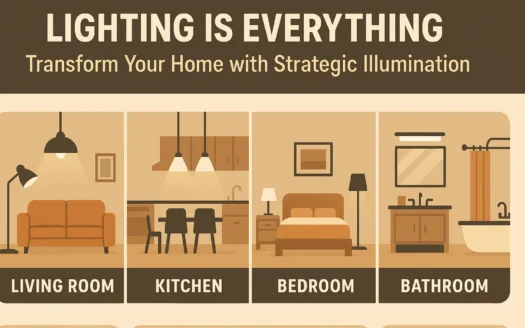Lighting Is One of the Most Important Features in Any Room

Lighting Is One of the Most Important Features in Any Room
A true and dependable light source illuminates spaces without harsh brightness and creates a welcoming atmosphere. Lighting for the home office is an essential component for a room that feels productive, efficient, and inviting. It’s a source that has as much emphasis on design and function in any space, but especially a working space. Lighting needs vary by homeowner, but all personalized offices need light sources that are functional, durable, and stylish. From traditional, modern, or classic fixtures to smart and tech functions, there is a wide selection on the market. What kind of lighting options should you or your builder install in the home office? Read our comprehensive guide to explore each option.
What to Know Before You Flip the Switch
The light is going to stage and set the tone for the home office. While this seems like a majorly important undertaking—and it is!—it doesn’t have to feel overwhelming. Break down each step in the lighting selection process into bite-sized chunks, and any homeowner will have a glowing and productively harmonious space in a snap.
Start by taking measurements of the room, including all natural light sources (windows, skylights). Note the type of direct or indirect light in the room (e.g., north- or south-facing) and how it impacts the space. Measure available areas for light placement, including surfaces for table lamps or floor lamps. Don’t forget to assess cabinets, shelves, and closets that may need extra illumination.
Ask key questions:
- What purpose does the office serve?
- How often will it be used?
- Is it a multi-purpose room?
Finally, create a mood board of lighting styles, finishes, and colors that align with your home’s aesthetic. These steps will help define your budget for materials and installation.
Ideal Lighting Options for the Home Office
Common fixtures are usually made of aluminum, steel, brass, or copper—durable materials that blend with evolving trends. Below are the top choices to consider:
Accent Lighting to Add a Splash of Style
Used to highlight décor or set a mood, accent lighting diffuses light throughout the space. Options include:
- Wall sconces
- Mantel lights
- Cabinet or under-shelf lighting
Direct Lighting to Ease Eyestrain
Overhead lighting should be functional but not overpowering. Direct options include:
- Track Lighting: Versatile and adaptable for task-based or decorative use.
- Recessed Lighting: Classic ceiling fixtures for broad illumination.
- Directional Recessed: Adjustable ceiling lights to spotlight specific areas.
- Surface-Mounted: Compact, cap-shaped fixtures for wide coverage.
- Pendants: Stylish hanging lights for focused or clustered arrangements.
- Chandeliers: Decorative statement pieces for ambience.
- Spotlights: High-intensity fixtures for large areas.
Indirect Lighting to Set the Mood
Indirect fixtures create soft, ambient glows. Ideal choices include:
- Table lamps
- Floor lamps
Task Lighting to Help You Stay on Track
Compact and focused, task lighting provides steady illumination for detailed work. Popular picks:
- Adjustable desk lamps
- Clip-on or mounted task lights




